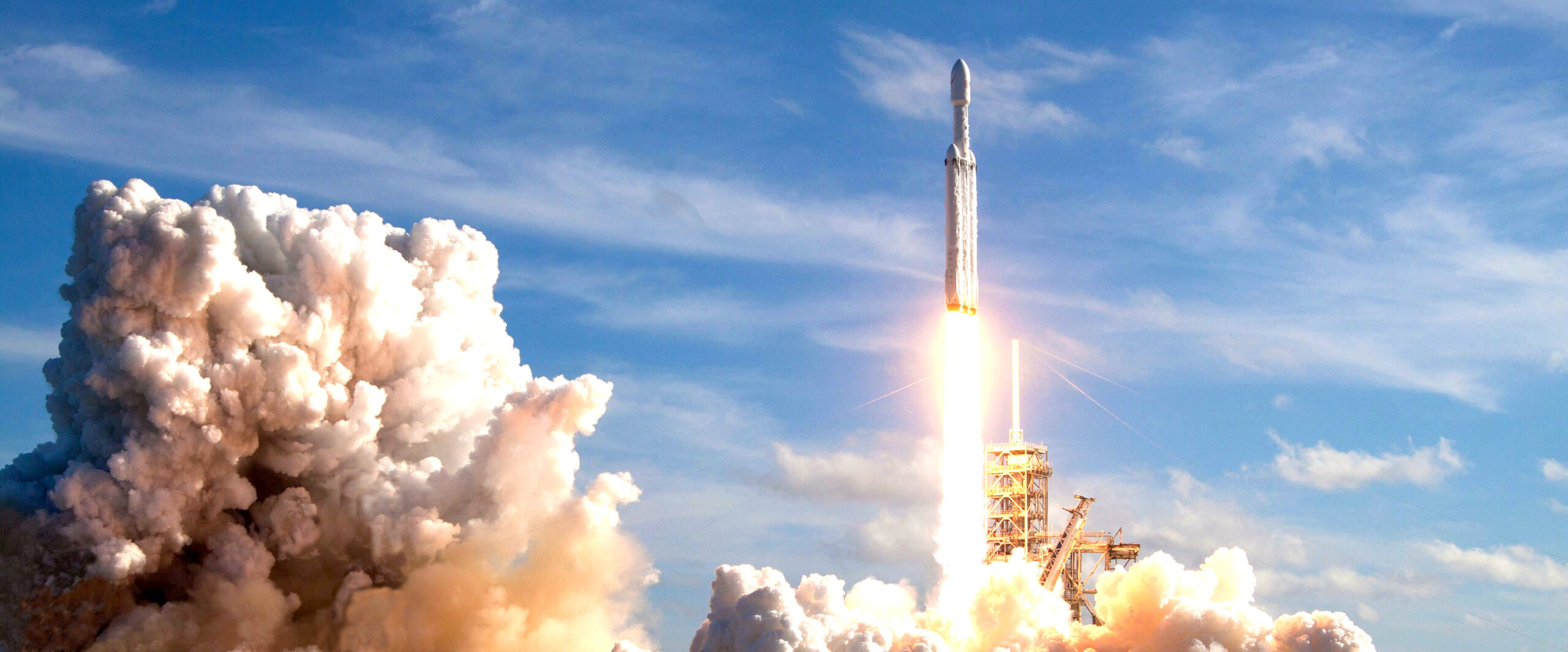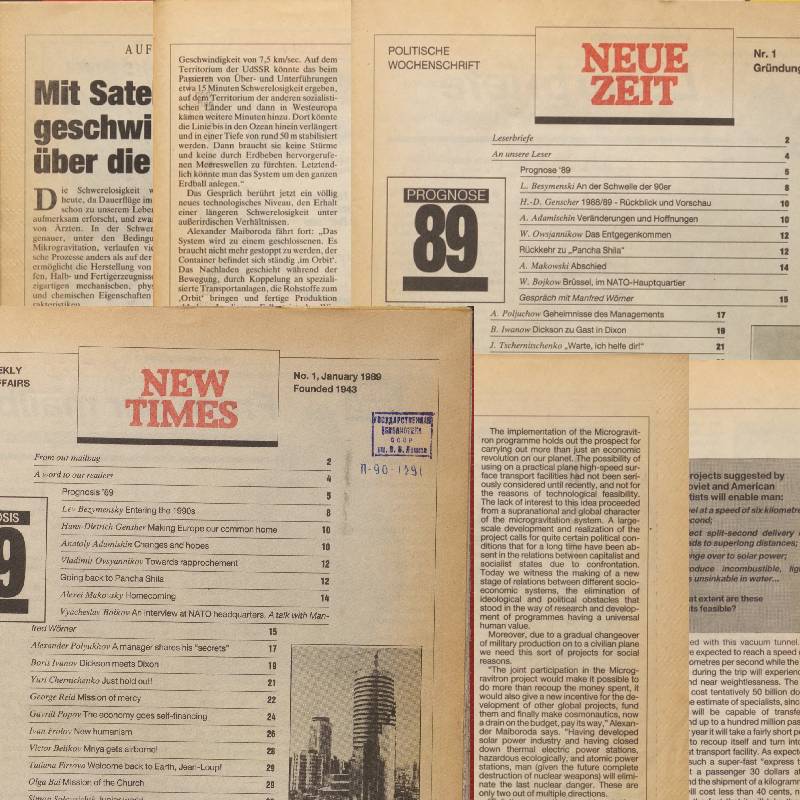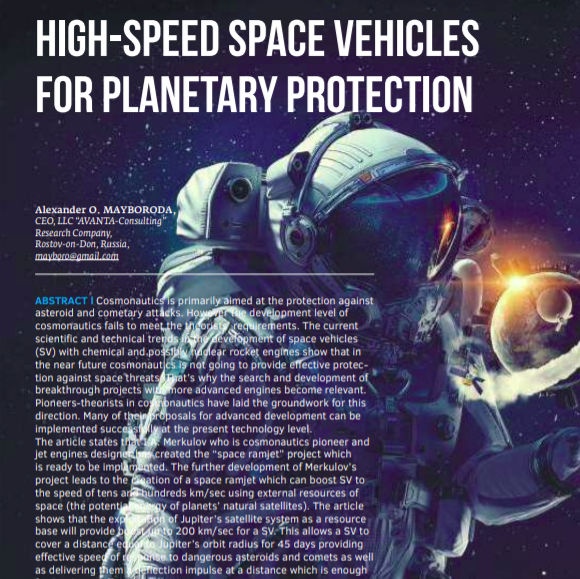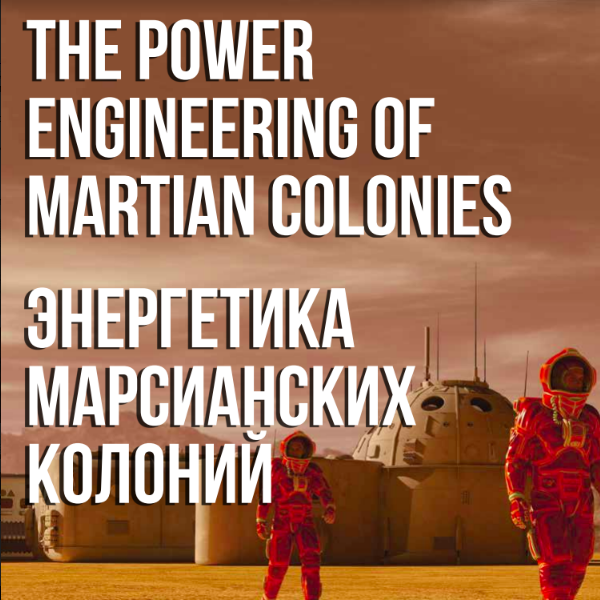
Everything can always be done better
than it is being done.
Henry Ford
The author’s research
Devoted to the development of low-cost technologies for transporting goods from the Earth to the Moon, to other space objects (such as asteroids, satellites of Mars and artificial satellites) and in the opposite direction, for example, from the Moon to artificial satellites.
Research and development
The problem of “Low cost space access”, R&D for a group of innovative projects: Moontrap, Sattrap, Satpush, Retrosat, Lundust, Martian Powerlune, Planetran-Microgravitron, GraviCity. Some of the R&D results are patented: patents of the USA, the United Kingdom, Germany, France, the CIS.
Major research partners
The Moscow Space Club (MSC) is an interregional public organization for promoting the development of space activities, actively participating in the discussion of projects and their promotion. The Spacenet working group is a subdivision of the Aeronet working group of the National Technology Initiative; it participates in the discussion and examination of projects.

ATTAINING SPACE VELOCITY ON EARTH
To this day, when space flights have become an ordinary thing, weightlessness continues to attract close attention to itself and not only from medical people.
HIGH-SPEED SPACE VEHICLES FOR PLANETARY PROTECTION
Cosmonautics is primarily aimed at the protection against
asteroid and cometary attacks. However the development level of cosmonautics fails to meet the theorists’ requirements.


THE POWER ENGINEERING OF MARTIAN COLONIES
The energy supply of research and industrial bases, aircraft and wheeled vehicles on Mars based on aluminum-magnesium energy – the use of metals as fuel suitable for atmospheres from carbon dioxide – is considered.
THE GRAVICITY SYSTEM
The GraviCity system Medical opinion: low gravity of the Moon is also harmful to health, as well as weightlessness. GraviCity – The base with artificial gravity. GraviCity – offers comfortable living conditions due low weight reliable protection from space radiation and meteorites. GraviCity is a place to rehabilitate astronauts without returning to Earth after long expeditions on the Moon and / or work on the lunar surface. GraviCity system allows to increase the number of residential modules up to complete filling of the annular pipe. GraviCity decreases transportation costs by 10 times for the replacement of the astronauts on the lunar base. Annual economic benefit is about $ 800 million per an astronaut. The residential units of GraviCity are offered for rent service. Additionally, it is proposed lease transfer: the personnel who permanently reside in GraviCity, as operators of rovers and mobile manipulators.
The technology to reduce the cost of delivery of metal on the lunar base
The technology to reduce by 85% the cost of delivery of metal and other raw materials on the lunar base.
A reusable interorbital tug with electric rocket engines flies from low-earth orbit to a circumlunar orbit.
The cargo is a metal ingot for the lunar base.
The reusable interorbital tug flies from high orbit to low orbit.
The metal ingot in the form of a penetrator is transferred to the cargo storage unit without the use of an expensive rocket stage.
Rocket module will deliver to the base only 15-20% of the initial mass.
Scheme of the penetrator penetration into the regolith embankment (in accordance with the theory and practice of high-velocity impact).
The metal ingot crumbles into metal powder.
The drilling rig is moved to a cargo storage, which consists of a heap of regolith to extract metal powder.
The drilling rig extracts a mixture of metal powder and regolith from a tunnel. The mixture is separated. Regolith is removed and metal is accumulated.
The collected metal is converted into a metal powder suitable for 3D printer treating.
Reusable interorbital tug flies from a low orbit to a high orbit.
Reusable interorbital tug flies from lunar orbit to low earth orbit to receive new cargo and replenishing working medium reserves for the engine.
Tugs are analogs of CubeSat in terms of weight and dimensions.
Technology to reduce by 90% the cost of delivering rocket fuel and water to the lunar base.
The lunar base will not use the lunar resources in the early years. Oxygen, water and rocket fuel will be supplied from Earth. It is important to reduce the cost of supplying the base.
A reusable interorbital tug with electric rocket engines flies from low-earth orbit to a circumlunar orbit.
Cargo – propellant components or water.
The reusable interorbital tug flies from high orbit to low orbit.
O2 or CH4 in capsules in the form of a penetrator is transferred into a cargo storage device without using an expensive rocket stage.
Rocket module will deliver to the base only 15-20% of the initial mass.
Reusable interorbital tug flies from a low orbit to a high orbit.
Reusable interorbital tug flies from lunar orbit to low earth orbit to receive new cargo and replenishing working medium reserves for the engine.
Scheme of penetration of a penetrator with a load into a regolith trap. The filling of the penetrator evaporates. The gas fills the pores in the regolith.
The hatch seals the entrance to the trap. The channel created by the penetrator collapses with the shock wave.
The pump pumps gas from the trap into ball cylinders.
The accumulated gas is compressed, cooled and converted into a liquid.
Methane or hydrogen, which is injected by the penetrator into heated regolith, generates a chemical reaction of iron deoxidation.
Hydrogen, reacting with iron oxides, creates 9 kg of H2O and 28 kg of Fe per 1 kg of H2.
This is equivalent to delivery of 37 kg cargo of H2O and Fe to the Moon at a price of $ 500 per kg.
Oxygen and methane are pumped into the tanks of the rocket, which should be launched from the Moon.
A trap that is fortified in a regolith embankment to eliminate rollback. Option 1.
A trap that is reinforced in a regolith embankment to eliminate rollback and compensate for internal pressure.
MOONTRAP
X-Factor Innovations The MoonTrap system is a stage in the development of the more sophisticated and efficient SatTrap system. This system is shown in my video at the end of the film. It has been patented in the USA, Great Britain, France, Germany and the CIS. The German patent is still valid, and the other patents I canceled for financial reasons. Thus, the MoonTrap project, as part of the SatTrap project, has global novelty, inventive step and industrial applicability, according to the findings of patent examination, both in the New World and the Old World. The MoonTrap system (as part of the orbital material collector) is patented in Germany. European Patent No. 2 390 188 – part of Germany No. 60 2010 016 793.3 – Method For Delivering Cargoes Into Space And A System For Implementation Of Same. The patent is valid until 2030.